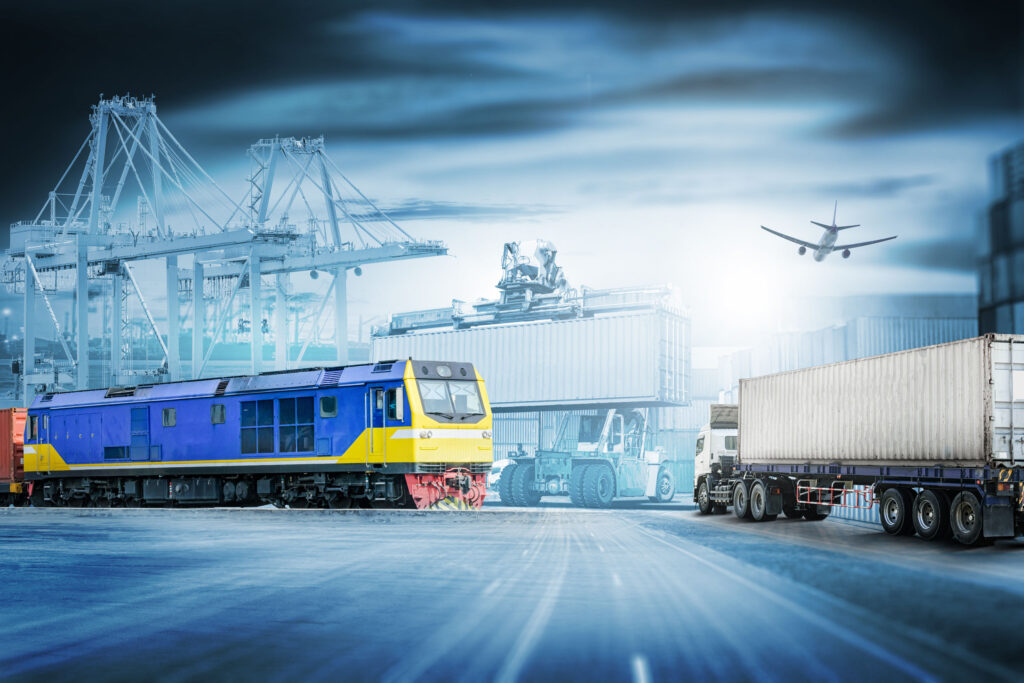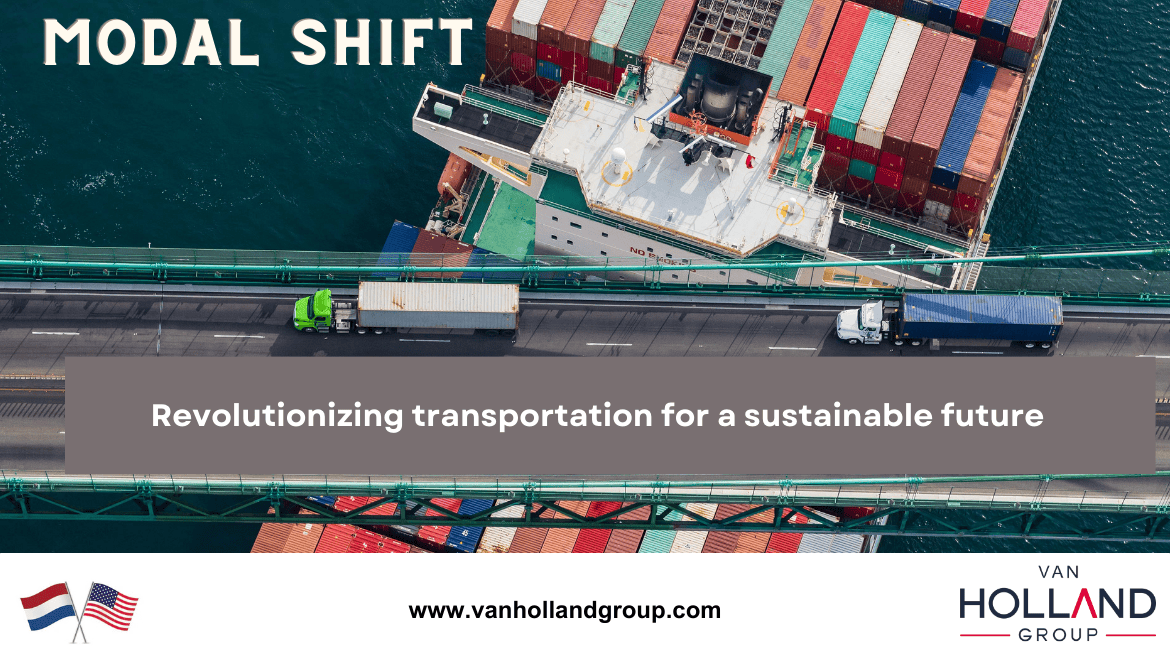Transportation is the lifeblood of global commerce. It moves products from factories to store shelves, enables the delivery of goods purchased online, and ensures that people can get to work and go about their daily lives.
However, the traditional methods of transportation, especially the reliance on road transport, come with significant environmental, economic, and logistical challenges where the concept of “Modal Shift” comes into play, offering a promising path toward a more sustainable, efficient, and resilient transportation system.What is Modal Shift?
Modal shift refers to the transition from one mode of transportation to another. It involves rethinking how goods and people are moved from place to place, aiming to optimize logistics, reduce environmental impact, and improve economic efficiency. Modal shift strategies can encompass various shifts, including:
- From road to rail: Moving freight transportation from trucks to trains
- From road to waterways: Shifting cargo transport from highways to rivers and canals
- From single-mode to intermodal: Combining multiple modes, such as road, rail, and sea, for a single journey
The Benefits of Modal Shift
The transition to more sustainable transportation modes offers a wide range of benefits, including:
- Environmental Advantages:
Reduced Emissions: One of the most significant benefits is the reduction of greenhouse gas emissions. Shifting from road transport, which often relies on fossil fuels, to more sustainable modes like rail or water transport can significantly reduce carbon emissions and air pollution. This aligns with environmental goals and regulations aimed at combating climate change.
2. Cost Savings:
Lower Fuel Costs: Rail and water transport can be more fuel-efficient than road transport, resulting in lower fuel costs for companies.
Reduced Maintenance Costs: Less wear and tear on vehicles can lead to reduced maintenance and repair expenses.
3. Reliability and Predictability:
Reduced Congestion: Roads in many regions can be congested, leading to unpredictable transit times. Rail and water transport can offer more reliable and predictable schedules, reducing the risk of delays.
4. Infrastructure Investment:
Government Support: Many governments offer incentives and subsidies for shifting to more sustainable transportation modes, helping companies invest in new infrastructure or equipment.
5. Improved Supply Chain Efficiency:
Efficient Transport: Depending on the type of goods and destinations, rail and water transport can offer efficient point-to-point delivery, reducing the need for intermediate handling.
Reduced Road Wear and Tear: Shifting some freight traffic off the roads can lead to reduced wear and tear on road infrastructure, potentially saving costs for road maintenance.
6. Enhanced Corporate Image:
Sustainability: Companies actively engaging in modal shift initiatives can enhance their sustainability credentials. This can be appealing to environmentally conscious consumers and investors.
7. Reduced Congestion and Traffic Accidents:
Improved Road Safety: Fewer heavy freight vehicles on the roads can lead to reduced congestion and a lower risk of traffic accidents.
8. Long-Term Resilience:
Diversification: Relying solely on road transport can pose risks during fuel shortages or disruptions. Diversifying transportation modes can enhance a company’s resilience to such challenges.
9. Compliance with Regulations:
Meeting Emission Standards: Modal shift can help companies comply with increasingly strict emissions standards and regulations.

How to Implement Modal Shift
Managing a modal shift is a complex process that requires careful planning, financial analysis, and ongoing monitoring. Here are the key steps:
- Assessment and Planning: Understand your current transportation operations, set clear objectives, evaluate alternative modes, and assess infrastructure.
- Cost-Benefit Analysis: Calculate expected costs and savings and evaluate the environmental impact.
- Logistics Optimization: Develop optimized transportation routes and adjust inventory management.
Infrastructure and Equipment Investment: Plan and invest in necessary infrastructure and equipment.
- Regulatory and Compliance Considerations: Ensure compliance with regulations and explore government incentives.
- Communication and Training: Communicate the plan to stakeholders and provide training to employees.
- Testing and Pilots: Run pilot programs to test the effectiveness of the shift.
- Implementation and Review: Implement the modal change gradually and continuously monitor performance metrics.
Van Holland Group: Embracing Modal Shift
We are at the forefront of modal shift initiatives by actively participating in events and initiatives related to sustainable transportation, contributing to transforming the transportation landscape.
The modal shift represents a change in how goods and people are moved and a change in mindset. It’s about making choices that benefit both businesses and the planet. The modal shift is critical toward a more sustainable and efficient transportation system as we look to the future. It’s a shift worth embracing.
What are your plans?
Your success is our success. Let’s pave the way for a greener, more efficient, and prosperous future together.
This blog in Dutch
Modal Shift: Het revolutioneren van transport voor een duurzame toekomst









